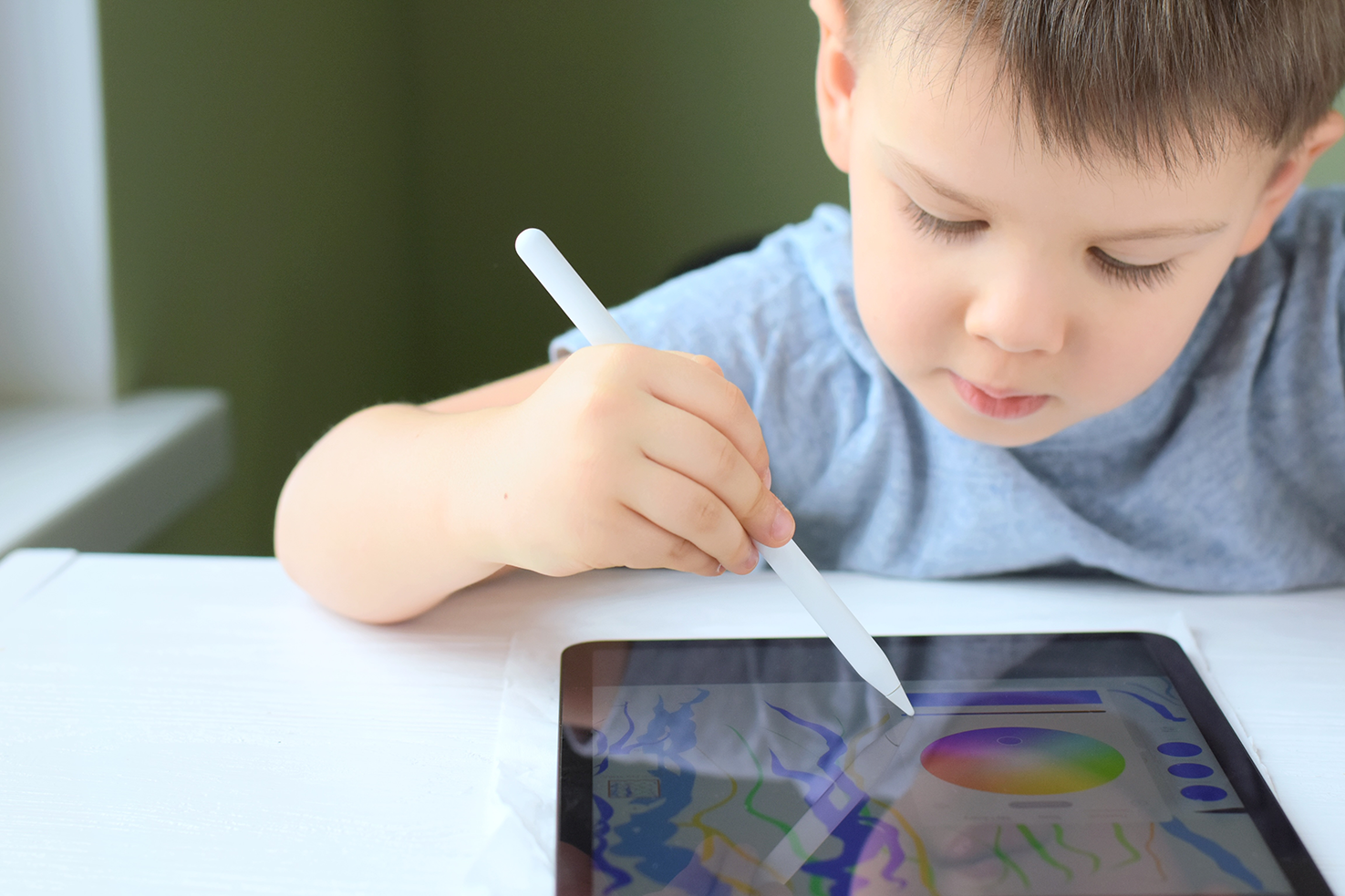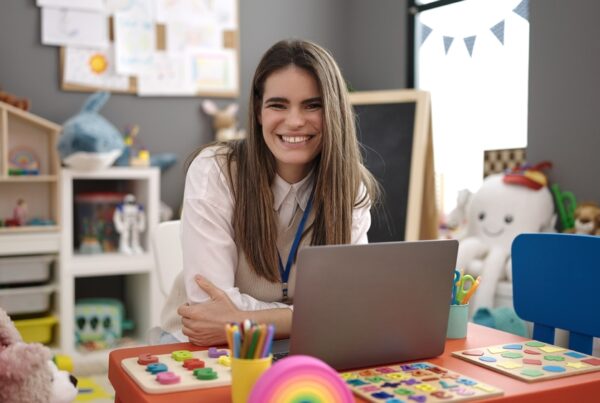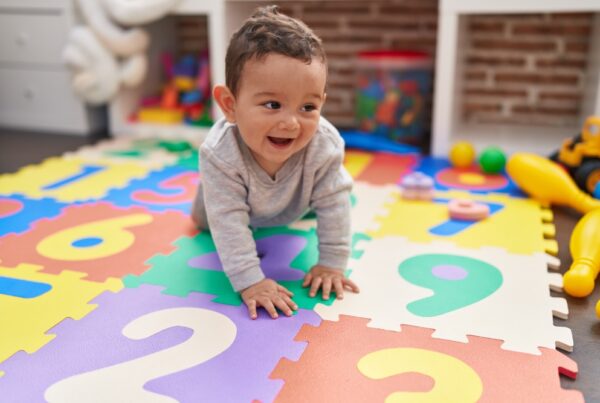Ever since the dawn of electronic media, educators and children’s advocates have been working to maximise its use as a tool for children’s social, emotional, and cognitive development. Each time a new medium is invented — from television to computers to mobile devices — it offers new potential as an educational tool for children.
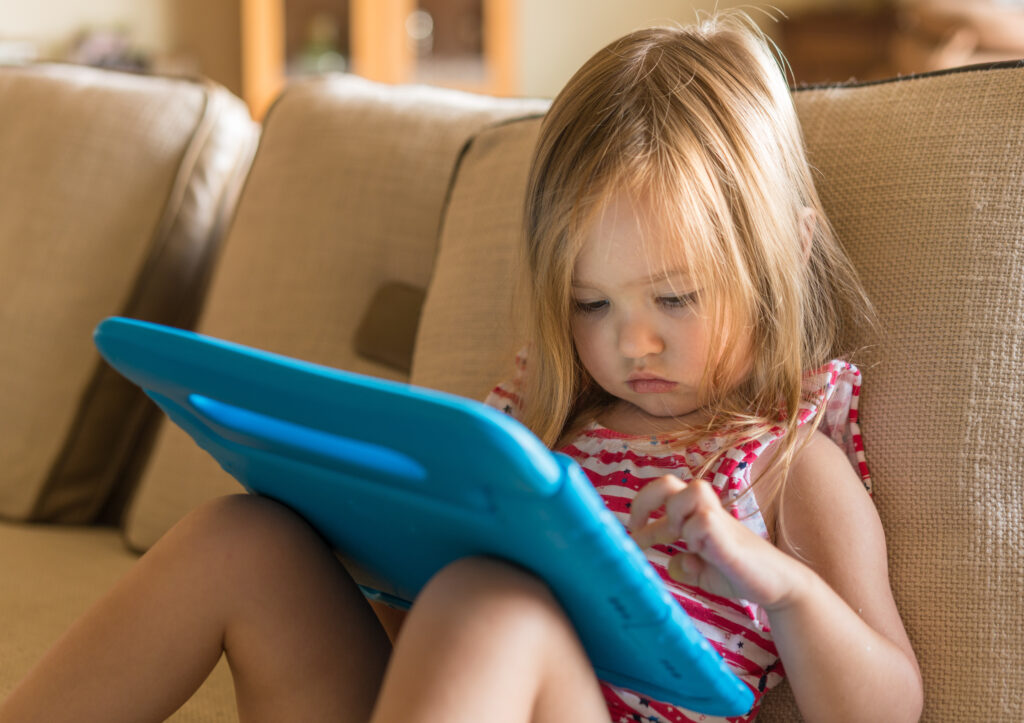
Today there are more platforms for educational media content than ever before. There are scores of cable channels, hundreds of computer games, thousands of apps, and millions of websites. There are e-readers, tablets, and smartphones; Wiis and Xboxes — the list goes on and on. With young children spending hours a day with these screen media, one question has never been answered: How much of this content is educational?
Studies have shown that children who use educational media learn more in the short term and do better in school later compared to children who do not. Research has also demonstrated that using educational media with adult guidance leads to greater learning than if used alone.
A recent study by the US-based Joan Ganz Cooney Centre evaluated media used in the home by children ages 2 to 10. It is the first known study that attempts to quantify, on a national level, how much of children’s media time is devoted to educational content — platform by platform, age by age. It also provides a measure of parents’ experiences with the educational media their children use: Which subjects do parents feel their children are learning the most about from media? Which platforms do they perceive as being most effective?
The study also explores obstacles to greater use of educational media: What are the reasons some children don’t use educational media? All issues were explored by age, gender, race/ethnicity, and socioeconomic status.
In the survey, educational media was defined for parents who took the survey as content they believed “is good for the child’s learning or growth, or that teaches some type of lesson, such as an academic or social skill.”
It also measures the degree to which children and parents use media together, which researchers call “joint media engagement”. Many leaders in the educational media community believe that joint media engagement is an important way to enhance the impact of educational media. For instance, when parents ask questions and repeat key lessons while watching television shows with their children, children benefit more. The same may be true for content on other platforms, such as games and software.
Finally, the study examined children’s reading behaviours and parents’ attitudes about their children’s use of e-books — why some parents support e-reading and others do not.

Key findings:
Nearly half (44 per cent) of the screen media 2- to 10-year-olds use is considered educational by their parents (56 minutes out of a total of 2:07 screen media per day). Eight in ten children (80 per cent) use educational media at least once a week, including a third (34 per cent) who are daily users.
Most parents think that their child has learned from educational media. Among parents of weekly educational media users:
- More than half (57 per cent) say their child has learned “a lot” about one or more subject areas (e.g., reading/vocabulary, math, or cognitive skills) from educational media.
- Fifty-four percent say their child “often” takes specific actions as a result of their exposure to educational media, such as talking about something they saw (38 per cent), engaging in imaginative play based on it (34 per cent), asking questions about it (26 per cent), or asking to do a project or activity inspired by it (18 per cent).
Educational media use occurs most frequently among very young children. (1:16 a day among 2- to 4-year-olds), with a large drop-off in use as children get older (:50 a day among 5- to 7-year-olds, and :42 a day among 8- to 10-year-olds). As children get older, the amount of time they spend with screen media goes up (from 1:37 to 2:36 a day), and the proportion that is educational goes down (from 78 per cent to 27 per cent).
Children spend far more time with educational TV than they do with educational content on other platforms such as mobile devices (:05), computers (:05), or video games (:03). For every subject except math, parents are more likely to say their child has learned a lot about it from educational television than from any other platform. Educational content on mobile devices was ranked lowest in learning by parents in every subject area.
Parents don’t believe their children learn as much from educational media about science as they do about other subject areas. Nineteen percent of parents say their child has learned “a lot” about science from an educational media platform, compared to 37 per cent for reading and cognitive skills development and 28% per cent for math.
Many children have access to and are using electronic reading devices. Nearly two-thirds (62 per cent) of 2- to 10-year-olds now have access to either an e-reader or a tablet device. However, only half (49 per cent) of all children with access to such a device have read or been read to on it. On average, children now spend :05 a day with e-books, compared to :29 a day reading in print. Young children (2- to 4-year-olds) with e-platforms in the home are just as likely as older children (8- to 10-year-olds) to have used them (49 per cent and 53 per cent respectively, not a statistically significant difference.)
If parents’ estimates are right, then just under half of all screen media that children use provides some lesson or benefit to the child — ranging dramatically from nearly eight out of every 10 minutes for younger children down to less than three in 10 minutes for older ones.
These data pose one obvious question: How accurate are parents’ assessments? If they are correct, then we can feel good knowing that at least among the very youngest children, a large portion of the screen media they are using is beneficial. But if parents are somehow just persuading themselves that these media are educational — perhaps influenced by advertising or wishful thinking — then this veneer of educational benefit may be contributing to too much media use that is inappropriately labelled as educational. And, on the other hand, if parents are under-assessing the educational value of media, there may be work to be done to persuade parents of media’s possible positive impact.
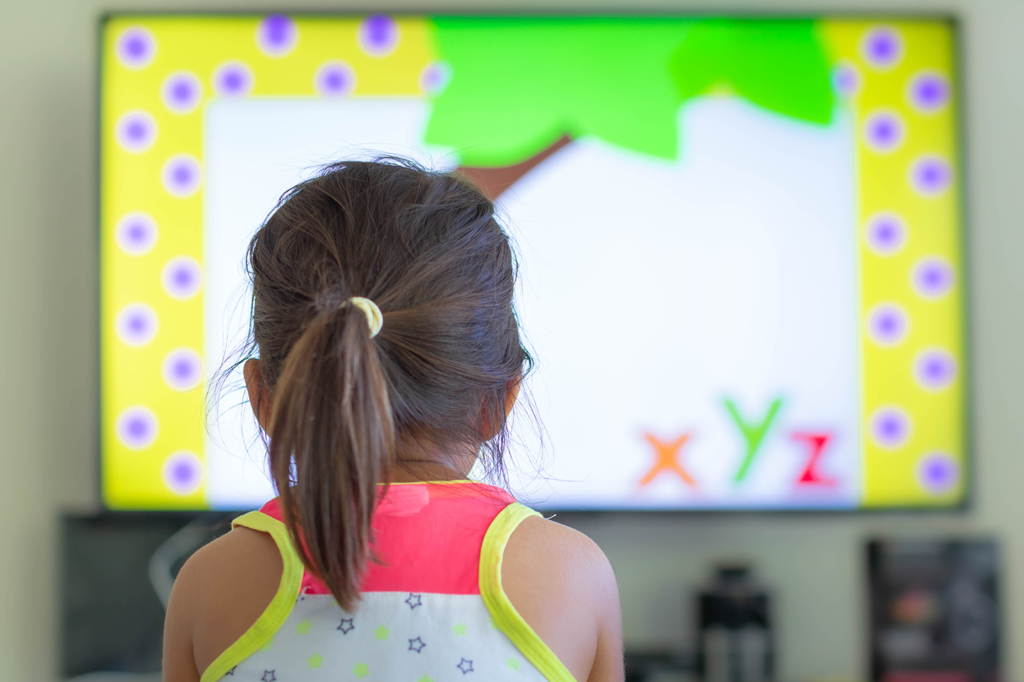
While educational media can benefit all children, the most important group to reach are those who have a dearth of other educational opportunities in their lives — this is where the use of informal educational media in the home can help fill the gaps and reduce achievement disparities. But it is just these children — those who don’t have an abundance of developmentally appropriate toys and books in the home or whose environments may not be as verbally rich as other children’s — who are often lacking access to the newest media platforms.
Children from lower-income families are using educational TV at high rates, but they still have much less access to high-speed Internet connections and to tablets and smartphones. Policymakers should keep these data in mind as they debate funding for public television, requirements for educational TV, and policies to expand broadband access. And as funders and producers begin to shift their focus toward developing content for mobile platforms, they also need to keep in mind the fact that these platforms still don’t reach many of the most needy children.
One option is to redouble efforts to expand access to smartphones and tablets. But before we undertake such an effort in the name of equity, we need to be sure to think through the ultimate effect on how children spend their time. Is the primary effect of greater access likely to be more educational or more noneducational screen time? If the latter, do the benefits outweigh any risks? In the meantime, it would behove us to serve lower-income children by continuing to create as much engaging, educational content as possible for the platform that is omnipresent (TV) and free (over-the-air broadcast).
As mentioned elsewhere, it is also important to enhance outreach to these families to help parents select high-quality educational content and to stress the importance of having them constructively engage with media together with their child.
It is hoped that the insights from this study will help inform the work of all of those who share an interest in using the power of media to benefit children and families.
